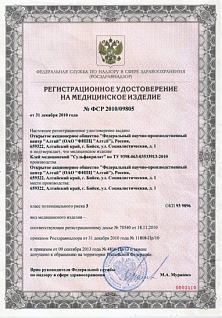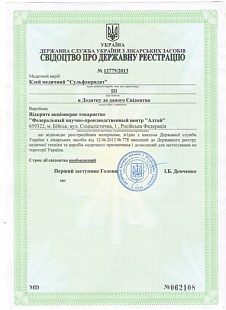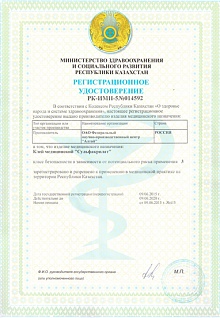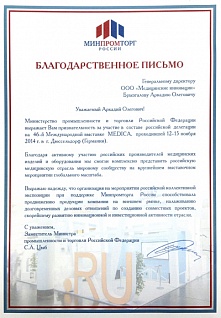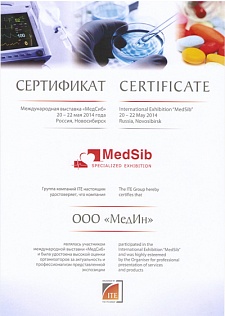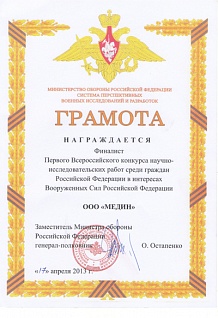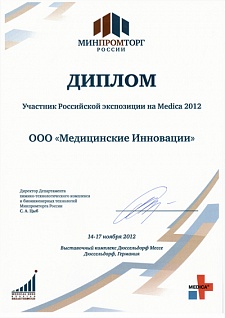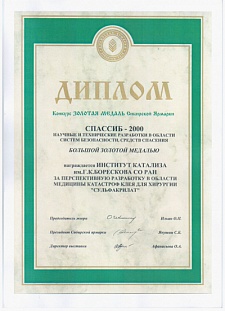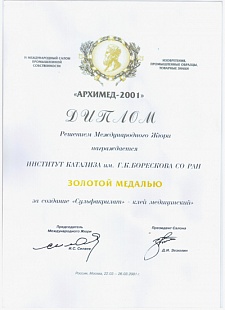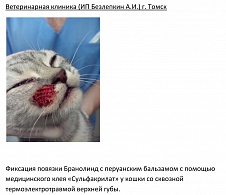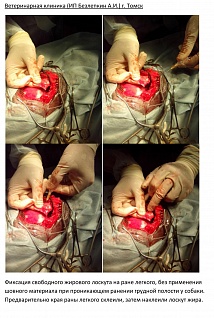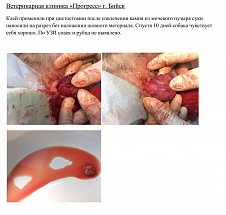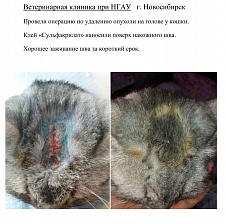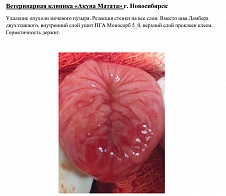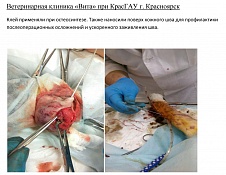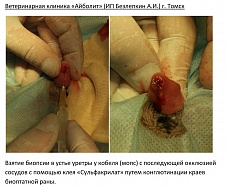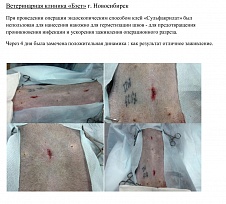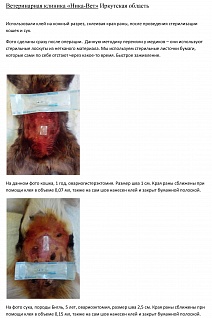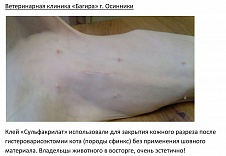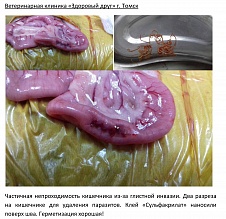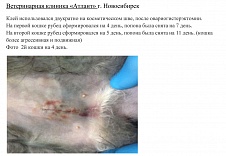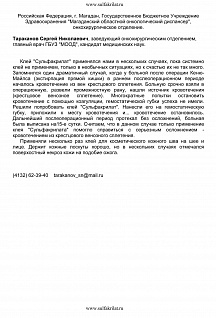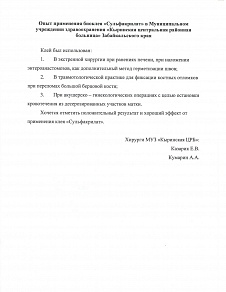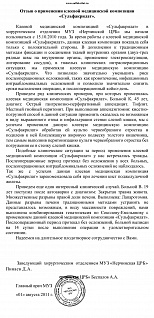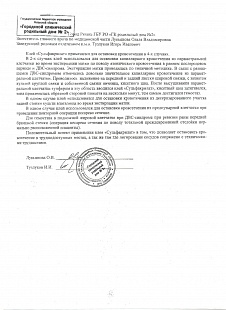Basic properties
|
Bactericidal activity: |
As part of the medical glue "Sulfacrylate" there is an antibacterial component that makes the glue unique, because it has a local bactericidal action against the causative agents of surgical infections: Escherichia coli, Staphylococcus aureus, Proteus, Blue-green pus sticks. This property of "Sulfacrylate" allows performing surgical interventions in an already known infected zone or preventing the development of postoperative purulent-septic complications. The glue is autosterylene. |
|
High strength, elasticity and tightness of the adhesive film: |
Many adhesive compositions based on alpha-cyanoacrylic acid esters (PET, MK-2, MK-6, MK-7, MK-7M, MK-8, MK-9, MK-14I) become brittle and brittle after curing. In contrast to these analogues, after applying "Sulfacrylate" a thin elastic film forms on the surface of the tissue, which does not deform during the movement of the glued organs, and does not mechanically injure nearby tissues. When "strengthening" traditional surgical joints provides additional strength and tightness. This is especially important for achieving aerostasis when performing surgical interventions on the lungs, to prevent leakage of bile during operations on the biliary system. With the help of the pneumosuppression method it was shown that the anastomoses performed with the combination of the traditional suture and "Sulfacrylate" have a greater margin of safety compared to anastomoses performed in the usual way. |
|
Biodegradability: |
Unlike analogues, in the body "Sulfacrylate" undergoes gradual fragmentation and resorption. In the process of resorption in the low-molecular part of the glue pores are formed, which germinate with a connective tissue. Full resorption of the glue occurs after 30 - 45 days from the moment of its application to the fabric. This is one of the most important advantages of a glue composition of this type over existing analogues in the world. Absence of pronounced toxic effect on the tissue: after the application of "Sulfacrylate" a zone of coagulative necrosis is formed, which is caused by the local toxic effect of the glue. The necrosis zone, in contrast to conventional techniques, is a small area and clearly delineated from viable tissue. Developing inflammation is aseptic, while using conventional suture materials, a purulent component predominates. Due to the rapid delimitation of the zone of coagulation necrosis and the aseptic course of the inflammatory process, the use of "sulfacrylate" does not interfere with the regeneration of tissues. |
|
Hemostatic action: |
"Sulfacrylate" is able to perform effective hemostasis with capillary bleeding of various locations, when it is difficult to perform another type of hemostasis. Especially relevant this method of hemostasis is with bleeding from the parenchymal organs. This property of "Sulfacrylate" allows to perform reliable hemostasis of cross-linked tissues and to minimize the occurrence of postoperative bleeding. |
|
Polymerization rate: |
10-120 seconds depending on the volume of the glue and the amount of liquid medium. Similar adhesives polymerize over a longer time, which entails certain inconveniences when working with them, or the polymerization time is too short, which also causes considerable inconvenience. |
|
High fluidity: |
"Sulfacrylate" has a high fluidity - it allows the use of small amounts of glue to form a uniform thin film of glue and apply it in hard-to-reach places. |
|
No age restrictions for use: |
Glutinous technologies using "Sulfacrylate" can be used in any age group of patients, beginning with the period of newborn, during operations on the lungs, diaphragm, liver, spleen, organs of the urinary tract and intestines, regardless of the etiopathogenesis of the disease. |
|
A wide range of indications for the use of "Sulfacrylate": |
Medical glue "Sulfacrylate" is used in children's and cardiovascular surgery, microneurosurgery of cerebral vessels, surgery of the gastrointestinal tract, respiratory organs, ophthalmology, obstetrics, gynecology, sports medicine, dentistry, etc. |
|
Economic Benefits: |
Adhesive technology with the use of "Sulfacrylate" allows you to significantly reduce the cost of treatment by reducing the frequency of complications. The use of "Sulfacrylate" excludes the need for surgical interventions in several stages, restricts the use of expensive antibacterial drugs, significantly reduces the cost of treatment, reduces the patient's stay in the clinic after surgery. |















